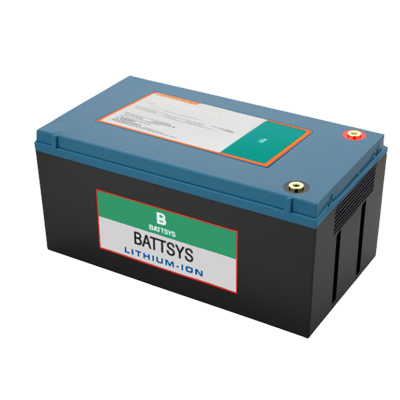Lithium batteries consist of a positive electrode, negative electrode, electrolyte, and separator. Due to its high energy density, long cycle life, low self discharge rate, and relatively light weight, it is widely used in electronic mobile devices, electric vehicles, energy storage systems, and other fields. Due to limitations in chemical properties and factors during use, the lifespan of lithium batteries is somewhat limited. The main factors affecting the lifespan of lithium batteries include the following seven aspects:
Number of charging and discharging cycles
The lifespan of
lithium batteries is usually measured by the number of charge and discharge cycles. Each cycle will cause slight changes in the structure of the internal materials of the battery, gradually leading to a decrease in battery capacity. Therefore, frequent charging and discharging cycles can shorten the lifespan of lithium batteries.
Charging rate
During the rapid charging process, the chemical reactions inside the battery accelerate, which may cause damage to the battery structure and even lead to safety risks such as fire and explosion. Therefore, excessively high charging rates can significantly affect the lifespan of lithium batteries.
 Discharge depth
Discharge depth
Discharge depth refers to the degree to which the battery capacity is utilized. Excessive deep discharge can cause corrosion and damage to the internal materials of the battery, further shortening the battery life. Therefore, reasonable control of the discharge depth of the battery is crucial for extending the lifespan of lithium batteries.
Temperature
Temperature is one of the key influencing factors on the performance of lithium-ion batteries. Excessive temperature can accelerate the internal chemical reactions of the battery, damage the battery structure, and reduce battery capacity and lifespan. Therefore, appropriate temperature management is crucial for protecting the lifespan of lithium batteries.
Storage conditions
During storage, lithium-ion batteries will naturally self discharge, resulting in a loss of battery capacity. Low storage temperatures can also have a negative impact on battery life. Therefore, appropriate storage conditions are key to extending the lifespan of lithium batteries.
Vibration and shock
Vibration and shock can cause damage to the electrolyte and electrode materials inside
lithium-ion batteries, and may lead to structural damage to the battery. Therefore, vibration and impact should be avoided as much as possible during use and maintenance to protect the lifespan of lithium batteries.
High voltage charging and overcharging
Excessive charging voltage may cause damage to the internal structure of the battery, resulting in the generation of gas and high temperature, thereby reducing the battery life. Overcharging can also have a negative impact on battery safety. Therefore, reasonable control of charging voltage and charging process is the key to extending the lifespan of lithium-ion batteries.
In summary, the lifespan of lithium batteries is influenced by many factors, including the number of charge and discharge cycles, charging rate, discharge depth, temperature, storage conditions, vibration and shock, high-voltage charging and overcharging, etc. Reasonable control of these factors during the use and maintenance of lithium-ion batteries can prolong their service life, improve their performance and safety.
